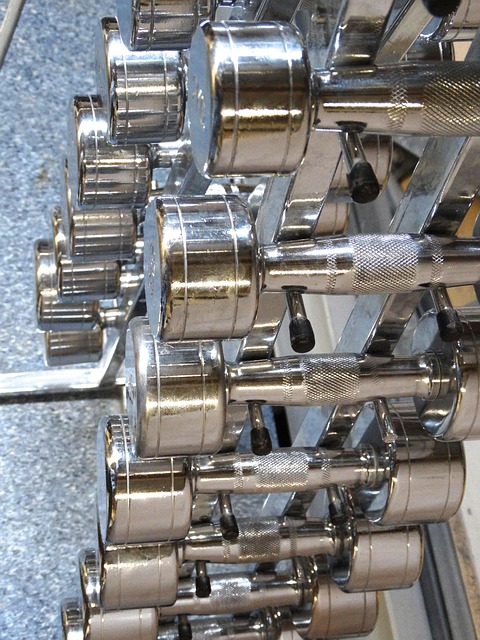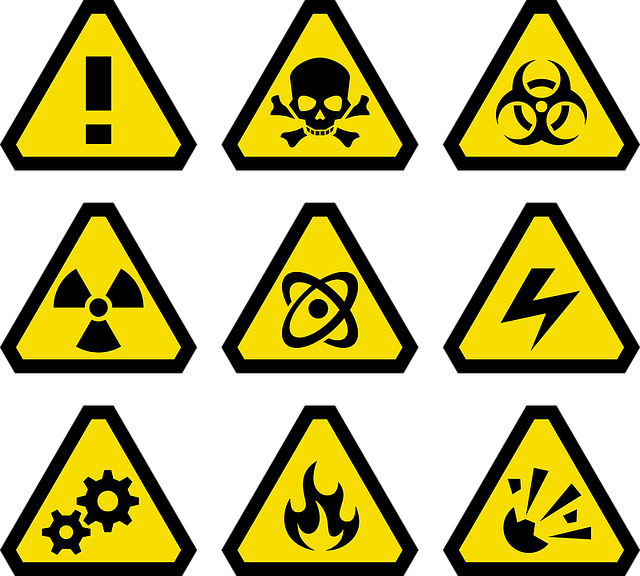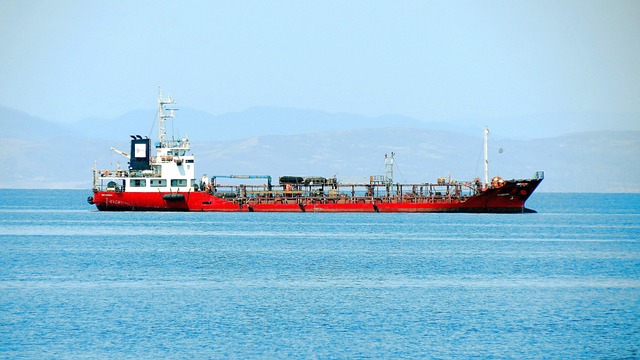Regional Hazmat Teams in diverse regions like the Northwest rely on specialized equipment, such as fire training simulators (fire training simulator northwest), for critical rollover training. These advanced technologies enable first responders to safely practice various hazardous scenarios, enhancing skills and coordination without risking personnel or public safety. By minimizing risks associated with live training, these simulators play a game-changing role in continuous education, ensuring teams are prepared to tackle complex real-world incidents, especially in challenging landscapes where remote locations extend emergency response times.
In the dynamic landscape of emergency response, specialized training is paramount, especially for handling hazardous materials (hazmat) incidents. This article explores the crucial role of regional hazmat team rollover training equipment and its impact on preparedness in the Northwest. We delve into the unique challenges faced by these teams and how fire training simulators enhance simulation capabilities. Additionally, we highlight key features and benefits of dedicated rollover training equipment, offering insights for implementing and maintaining robust hazmat training programs across the region.
- Understanding Regional Hazmat Team Training Needs
- The Role of Fire Training Simulators in Northwest Regions
- Key Features and Benefits of a Rollover Training Equipment
- Implementing and Maintaining Effective Hazmat Training Programs
Understanding Regional Hazmat Team Training Needs

In the dynamic landscape of emergency response, Regional Hazmat Team rollover training plays a pivotal role in preparing first responders for real-world hazardous material incidents. Understanding the unique challenges and specific needs of each region is crucial to designing effective training programs. The Northwest, with its diverse environments, requires specialized equipment like the fire training simulator northwest to mimic diverse scenarios from chemical spills to forest fires, ensuring teams are adept at handling a wide range of potential hazards.
By leveraging advanced technologies such as interactive simulations and virtual reality exercises, trainers can create immersive experiences that improve decision-making skills under pressure. This tailored approach not only enhances preparedness but also reduces risks associated with live training, making it an indispensable component in the continuous education and development of Regional Hazmat Teams.
The Role of Fire Training Simulators in Northwest Regions

In the vast and diverse landscapes of the Northwest regions, where emergency response times can be significantly longer due to geographical challenges, fire training simulators play a pivotal role in preparing regional hazmat teams for their critical missions. These advanced training tools offer a safe and controlled environment to simulate various hazardous scenarios, allowing firefighters to hone their skills without endangering themselves or the public. By replicating real-world conditions, from toxic gas leaks to chemical spills, fire training simulators ensure that Northwest hazmat teams are equipped to handle crises effectively.
The integration of fire training simulators into regional emergency preparedness programs has proven invaluable. They facilitate hands-on learning and promote team cohesion, enabling firefighters to coordinate responses under pressure. With their ability to generate realistic effects, these simulators offer a dynamic training experience, mirroring the complexities encountered in real hazardous material incidents. This preparation is crucial for Northwest regions, where the potential for large-scale disasters requiring specialized hazmat response remains ever-present.
Key Features and Benefits of a Rollover Training Equipment

In the realm of hazardous materials (hazmat) response, preparation is paramount. Rollover training equipment, such as those offered by fire training simulator northwest, plays a pivotal role in enhancing readiness and ensuring safety. Key features include state-of-the-art simulations that replicate real-world rollover scenarios, allowing teams to practice critical response techniques under controlled conditions. This equipment benefits from advanced technology, providing a dynamic and immersive experience that sharpens skills and fosters teamwork.
One of the standout advantages is its ability to train in diverse, realistic settings without exposing personnel to actual hazards. This not only minimizes risks but also enables continuous training, ensuring that regional hazmat teams are always prepared for the unexpected. By incorporating these simulators into their routine, first responders can expect improved incident management, faster reaction times, and more effective hazardous material containment and mitigation strategies.
Implementing and Maintaining Effective Hazmat Training Programs

Implementing and maintaining robust hazmat training programs is paramount for regional hazardous materials teams to ensure preparedness and mitigate risks. These programs should encompass a comprehensive curriculum that educates responders on various aspects of hazardous materials, including identification, containment, decontamination, and disposal protocols. Regular exercises, such as utilizing fire training simulators in the Northwest, play a pivotal role in enhancing practical skills and fostering teamwork under high-pressure scenarios.
By integrating cutting-edge technology like fire training simulators, teams can simulate real-world situations, allowing for iterative learning and continuous improvement. This dynamic approach ensures that responders remain adept at handling diverse hazardous materials incidents, thereby safeguarding both the public and emergency personnel.






